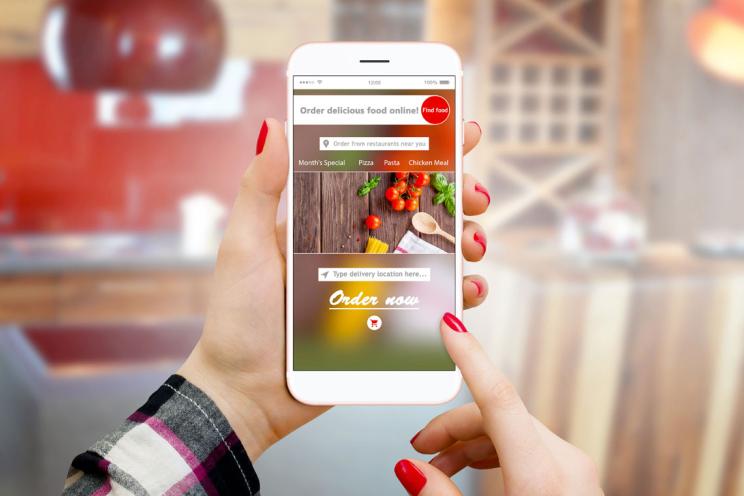
Do's and don'ts of retail pricing strategies
Pricing is one of the most critical factors in the success of any retail business. The price of your products affects your profit margins and your brand perception, customer loyalty, and competitiveness.
Striking the right balance between profitability and value is key, but it’s not always easy. You need to make informed decisions that maximize both sales and profit and most importantly guarantee your sustainability and growth.
Here are two key points to consider: the price should be both profitable and competitive. To determine the lowest price you can offer, use the following formula:
Formula:
((Sales – Total Expenses) / Revenue) x 100 = Profit Margin
After calculating your profit margin, you'll be able to establish both the highest and lowest prices. This will also help you find the average price and understand how much you can discount your products when necessary.
Pricing your products isn't this easy though. You have several things to take into consideration.
What are some do’s and don’ts of retail pricing strategies?
Do: Research Your Competitors
Before setting your prices, take the time to study what your competitors are charging for similar products. This will give you a benchmark to understand where you stand in the market. Customers often compare prices, so having a competitive edge—whether through lower prices or added value—can help sway their purchasing decisions.
Don’t: Engage in Constant Price Wars
While it’s tempting to lower prices to compete with others, constant price wars can erode your profit margins. Instead of getting caught in a race to the bottom, focus on differentiating your brand by offering exceptional customer service, exclusive products, or a unique shopping experience.
Why it matters: Price slashing can lead to a devaluation of your brand and hurt long-term profitability.
Do: Consider Your Costs
A successful pricing strategy begins with a thorough understanding of your costs, including production, overhead, and any additional expenses. Your price should not only cover these costs but also leave room for a healthy profit margin. Be sure to account for both fixed and variable costs to avoid underpricing your products.
Tip: Use your POS system’s reporting features to track profit margins and identify the most cost-effective products in your inventory.
Don’t: Ignore the Value Perception
Customers are not just buying a product—they’re buying the perceived value it offers. Perceived value comes down to the price that the public is willing to pay for a good or service. Pricing too low can make customers question the quality of your product, while pricing too high can make it unattainable. The key is to set a price that reflects the true value of the product while considering customer expectations.
Pro Tip: High-quality packaging, excellent customer service, and a unique shopping experience can all contribute to perceived value.
Do: Implement Psychological Pricing
Psychological pricing tactics can have a big impact on customer behavior. Common techniques include pricing just below a round number (e.g., $9.99 instead of $10.00) or offering buy-one-get-one (BOGO) deals to create a sense of value. These subtle tactics can make a product appear more affordable or desirable.
Example: Charm pricing ($4.99 vs. $5.00) is a simple way to make prices more attractive without significantly affecting your margins.
Don’t: Neglect Dynamic Pricing
With the rise of e-commerce and price comparison tools, dynamic pricing has become more prevalent. Dynamic pricing allows retailers to adjust prices based on real-time demand, inventory levels, and market conditions. While it can be an effective way to optimize profits, be careful not to confuse customers with frequent price changes.
Tip: Use dynamic pricing software integrated with your POS system to monitor market conditions and adjust prices strategically.
Do: Offer Discounts Strategically
Discounts and promotions can be a powerful tool for driving sales, but they should be used strategically. Over-discounting can lead to customers expecting lower prices all the time, while not discounting at all may drive them to competitors. Focus on seasonal sales, clearance events, and targeted discounts for loyal customers.
Example: Offer exclusive discounts for loyalty program members or during high-traffic shopping events like Black Friday or the holiday season.
Don’t: Forget to Monitor Price Elasticity
Price elasticity refers to how sensitive customers are to changes in price. Some products may see a steep drop in sales with a small price increase, while others may be less affected. Understanding the price elasticity of your products will help you make informed pricing adjustments without risking a significant loss in sales.
How to track: Analyze sales data through your POS system to monitor how price changes impact customer demand for different products.
Do: Use Tiered Pricing or Bundling
Tiered pricing allows you to offer different versions of the same product at different price points, catering to various customer segments. Bundling, on the other hand, groups products together for a discounted price, encouraging customers to spend more.
Example: Offering a basic, premium, and deluxe version of a product gives customers flexibility in choosing what fits their budget while bundling a best-selling item with complementary products creates added value.
Don’t: Overcomplicate Your Pricing Structure
While it’s tempting to offer multiple discounts, tiers, and promotions, too many options can overwhelm customers. Keep your pricing structure simple and transparent to avoid confusion and build trust with your customers.
Pro Tip: A simple and clear pricing strategy is especially important for in-store purchases, where customers make faster buying decisions.
Retail pricing is as much an art as it is a science. By following these do’s and don’ts, you’ll be better equipped to create a pricing strategy that balances profitability with customer satisfaction.
Whether you’re using psychological pricing techniques or leveraging data from your POS system, staying informed and adaptable is key to long-term success in retail.





